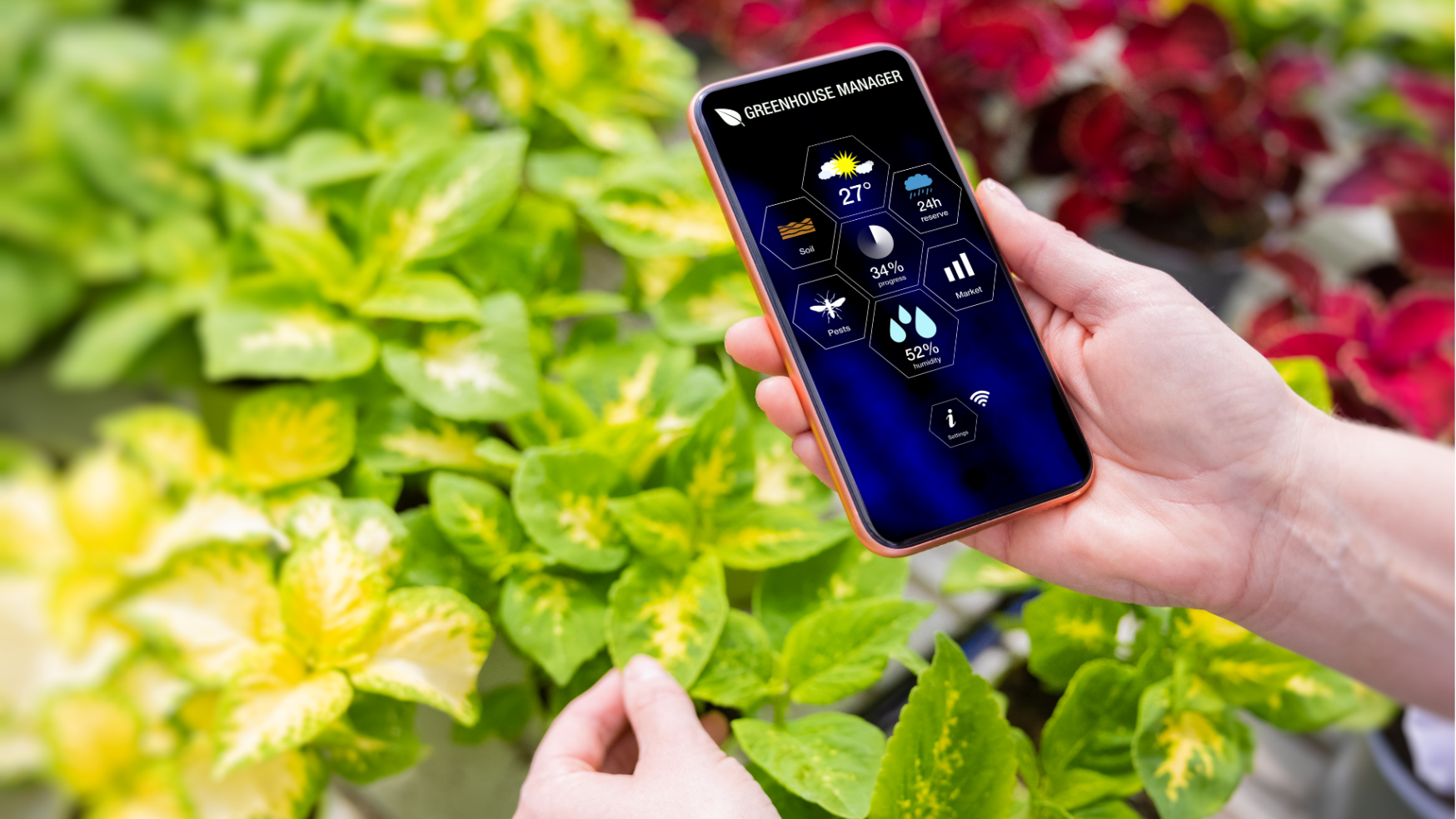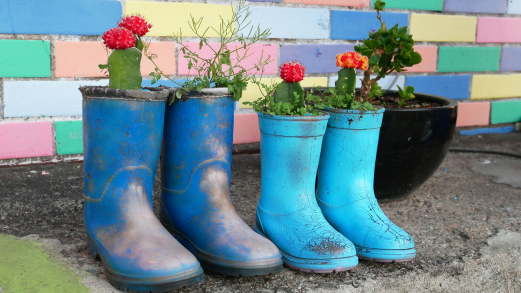Can what we do in our gardens affect our ecological footprint? You bet it does, and we explore here just how.
Do you know what Australia’s ecological footprint is? It’s certainly bigger than that of India, Egypt, Finland or even the United Kingdom, but not greater than that of Canada or the USA. I’m sure you don’t need a reminder, but just in case, the ecological footprint is a measure of the area of land and water it takes to provide a person or population with the resources it uses. It includes productive land and water, that used for roads, cities and other infrastructure and the ecosytems that are required to deal with waste. So it is a measure of human demand on nature’s capacity – a measure of how the natural environment is affected by human impact.
The worldwide footprint is 1.7 of the earth, based on the most recent calculations by the Global Footprint Network, in 2010. That means that the world is consuming 1.7 times the earth’s capacity. Australia’s was 6.8 with the biggest component coming from grazing. So if the whole world was having the treating the environment in the same way as Australia, we’d need 6.8 earths to support us!
Developed nations use more resources than those that are developing. Some examples are Afghanistan with a footprint of 0.6, Cambodia with 1.0, Pakistan with 0.8. However, most of the others are now over 1.0.
So what can we do about what looks like certain complete depletion of the earth’s resources? A start is to look at our own lifestyles. We might think that an individual contribution is unimportant when the rest of the world needs to do something too. But remember, every great change in history has always started with one person whose behaviour influences others.
How can we use our gardens to reduce our individual footprint?
If you follow the strategies that Sustainable Gardening Australia recommends in its gardening booklets and training workshops, you are well on the way to reducing your footprint. You really need to think about the energy and material resources that go into all aspects of your garden – and dwelling.
Grow shade and insulation

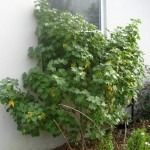 Shade from trees can reduce the air temperature by as much as 5 degrees C. A garden landscaped for shade can reduce home energy costs by 15 – 50%1. Plant deciduous trees on the north side of the house to let in winter sun and provide shade in summer.
Shade from trees can reduce the air temperature by as much as 5 degrees C. A garden landscaped for shade can reduce home energy costs by 15 – 50%1. Plant deciduous trees on the north side of the house to let in winter sun and provide shade in summer.
Energy use and greenhouse gas emissions will be reduced in both seasons. Low canopies on the west will shade out late afternoon summer sun. Shrubs and ground covers cool the air around the house as air  flows over and through them. Shrubs and trellised vines close to walls will provide insulation in all seasons – just watch out that shrubs and trees do not have invasive root systems that might affect the house foundations.
flows over and through them. Shrubs and trellised vines close to walls will provide insulation in all seasons – just watch out that shrubs and trees do not have invasive root systems that might affect the house foundations.
Rooftop and vertical gardens fulfil similar functions.
Grow wind protection
Wind will disturb the air envelope around your house, whipping away warmth seeping from it in winter. Plant tall evergreens 2 – 5 times the height of the house at maturity so that they block prevailing winds – their location on your land will depend on where you live
Reduce use of chemicals that involve manufacturing
Such products are often derived from oil and use quite a bit of energy in their manufacture. And they eventually are washed in stormwater to pollute waterways. Synthetic liquid fertilisers can contribute to the conditions that produce algal blooms. So think carefully before you reach for the bug spray or synthetic fertiliser! There are many good, sustainable alternatives. Remember if you have created a microbially rich soil with compost and manures your plants will be healthy and more disease-resistant. Companion planting can help attract beneficial insects to prey on the nuisance ones. Make your own fertilizer and pest remedies.
Grow your own food
Not only does this help to reduce the distance your food travels before it hits your plate, but it also helps to save water and fossil fuels and use of pesticides, herbicides. If you do buy, try to ensure that it has minimal packaging, is in season, organic, mostly vegetable and not processed2. If you buy fish, consult the Marine Conservation Society’s excellent booklet on sustainable fish. According to the EPA, buying organic food reduces your food footprint by 15%3.
Reduce, reuse, recycle
Compost your waste. Use this valuable resource rather than letting it go to landfill. Reuse timber, pots and whatever else you can. Sometimes the old and slightly worm materials look more interesting and do the same job as new ones.
When buying pavers, mulch etc check where it comes from. Can you save transport emissions by buying local?
Create habitat
A diverse range of indigenous plants will help provide a habitat for animals, beneficial insects and birds.
Watch out for environmental weeds
Your local council will have a list of environmental weeds (often garden escapees). Prevent their spread into neighbour’s gardens or to conservation reserves by eradicating them safely or containing them. Do NOT let them go to seed or spread by underground runners.
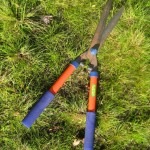 Use person power rather than electric, oil or batteries in tools
Use person power rather than electric, oil or batteries in tools
Why use an electric hedge trimmer when a good pair of shears will do the same thing – and provide some exercise for you into the bargain. The same thing goes for lawn mowers – hand push mowers work really well and give you a good workout – or have a lawn of indigenous grasses or alternative groundcovers which do not require mowing. Some of these alternatives are shown on the right in a garden centre display.
Conserve water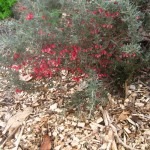
Group plants with similar water needs. It’s best to water in the morning so that less is lost to evaporation, but the roots can make maximum use of it. Indigenous plants require less water. Use mulch (preferably made from chopping up your own prunings) to prevent further water loss.
If you do all these things, you are making a contribution to reducing your ecological footprint!
References
1. http://energy.gov/energysaver/articles/landscaping-shade
2. http://www.foodchoices.com.au/samples/resource%20sheet%2056.pdf
3. http://www.epa.vic.gov.au/~/media/Publications/1219.pdf
SharronP is a passionate gardener and environmentalist who has been a senior lecturer and researcher at Monash University in environment, sustainability and health. She works with several environmental and gardening groups and encourages people to work cooperatively to protect and enhance the natural environment.
Related Articles:
Citizen Science: A Pathway to Gardening Success and Biodiversity Conservation
In recent years, the realm of science has experienced a remarkable transformation, one that invites people from all walks of life to participate…
A Sustainable Gardener’s Guide to Thrifty Gardening
Creating an eco-friendly and cost-effective garden involves more than just nurturing plants; it's about adopting a sustainable approach that…


